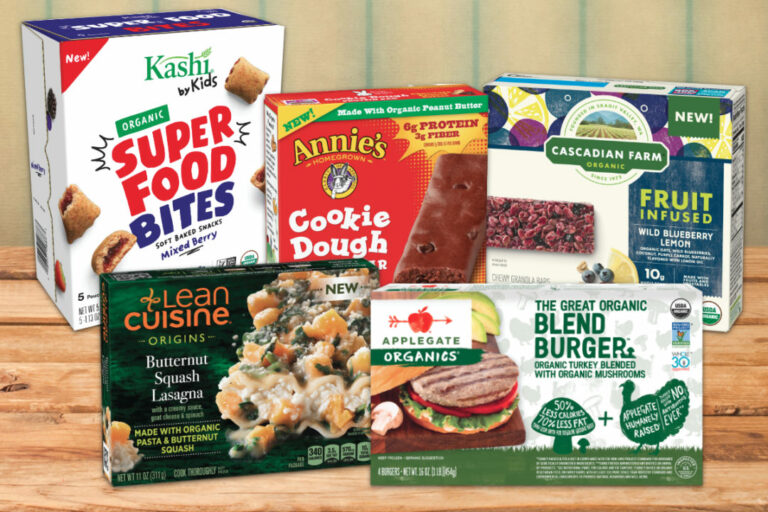Project Report For Frozen Snack Food
Introduction
Project report for Frozen Snack Food is as follows.
Snacks, Vegetable paratha is a delicious blend of nutrition and Indian taste. The stuffing for these dishes is a mixture of different veggies and fragrant Indian spices.
This packed mix of veggie and parathas are a healthy breakfast option that can be prepared in a matter of minutes if you’re short on time. As a result, these frozen meals are also referred to as ready-to-eat foods.
Project Report Sample On Frozen
Snack Food
Get Completely Custom Bankable Project Report
RTE foods are convenience foods that are packaged in aluminium containers or pouches that just need to be sliced and cooked before serving. This category includes instant veggies in retort pouches, which are used not just as a home meal replacement in working-class families, but also at fast-food restaurants and multi-cuisine eateries.
Armed troops and paramilitary personnel stationed in distant areas will find these meals useful. RTE food comprises a broad variety of goods, including vegetarian and non-vegetarian, basic meals and delightful sweets, and south and north Indian delicacies accessible exclusively from a specialty or multi-cuisine restaurant or food joint.

The Indian frozen foods industry is expected to grow at a CAGR of roughly 17 percent from 2020 to 2025, from INR 42.7 billion in 2021 to INR 93.8 billion in 2025. In the last five years, the frozen food industry, which includes frozen snacks, frozen fruits and vegetables, frozen meat, poultry, and seafood, and frozen meals, has grown at a quicker pace.
The number of millennial customers choosing for convenience food in semi-urban and urban markets is increasing, resulting in the adoption of frozen food in India.
Market Potential Of Frozen Snack Food
Expenses

Product Cost Breakup

Reveneue Vs Expenses

Market Trend

The global frozen food industry is estimated to reach $306 billion by 2024, growing at a CAGR of 4.1 percent from 2015 to 2020.
Frozen foods are deep frozen food items that can be preserved and utilised for an extended length of time. Frozen ready-to-eat meals, fruits and vegetables, meat and poultry, seafood, soups, and other similar items are among the most popular frozen food items.
One of the main elements driving the worldwide growth in frozen food consumption is convenience. As a result, top firms are developing new varieties and ingredients to appeal to regional preferences.
Animal protein consumption is linked to excessive cholesterol, fat, and calorie intake, all of which raise the risk of heart disease, diabetes, and obesity. As a result, customers are gravitating toward vegan protein sources, which has created a favourable environment for companies selling plant-based/vegan frozen foods.
The frozen/convenience food sector in India has evolved from supplying simple frozen veggies and fries to now offering a broad variety of items, including fruits and vegetables, frozen meats and ready-to-cook products, as well as whole meal alternatives.
The frozen snacks market has grown at a healthy rate, aided by an increase in selling points and greater penetration by organised retail players, as well as a rise in available freezer space in retail channels, thanks to rising consumer hunger and acceptability.
The increased demand and consumption of frozen foods in expanding economies throughout Asia, such as India and China, will push the frozen food industry forward. Increased disposable incomes, as well as changes in lifestyle and eating habits, are important drivers of market expansion in these areas. Furthermore, the fast expansion of huge retail chains such as hypermarkets and supermarkets has boosted frozen food consumption in emerging Asian nations.
However, in emerging countries, the business faces substantial obstacles such as a lack of effective refrigeration in retail outlets and insufficient distribution facilities in semiurban and rural locations. The developed markets are likely to maintain a modest rate of growth, owing to rising consumer demand for healthier frozen meals.
